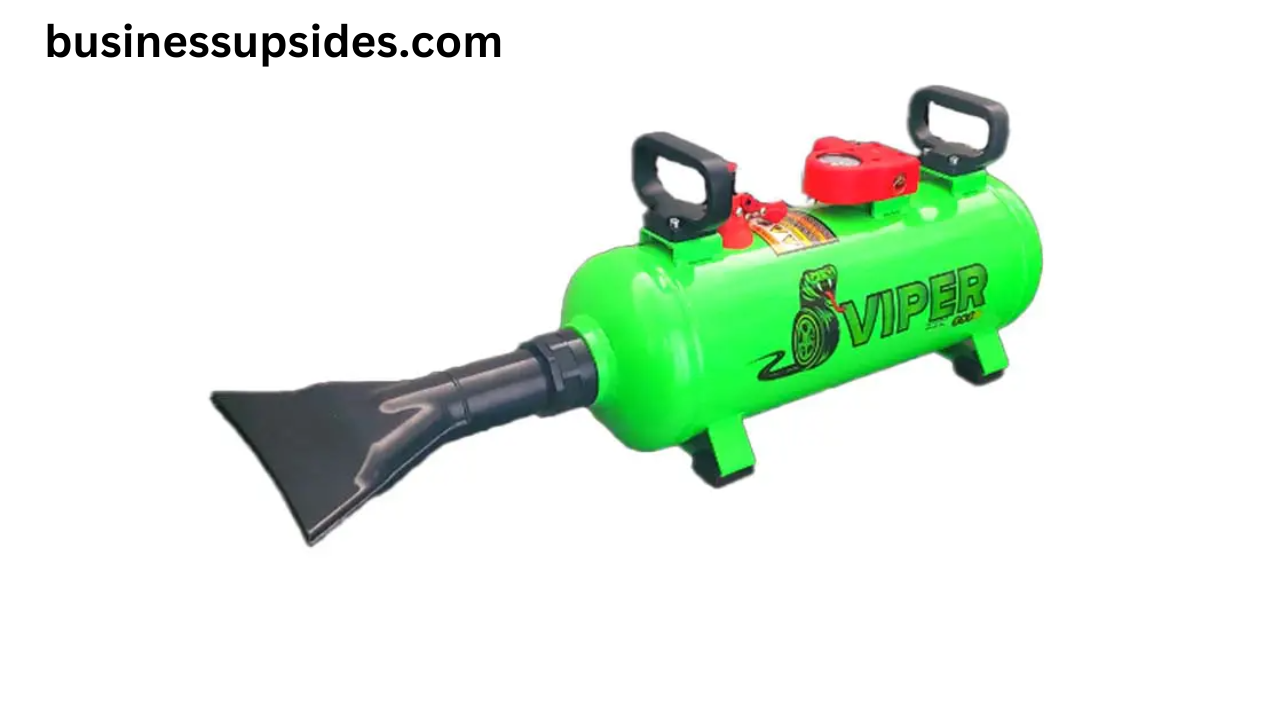Bead Blaster An In-Depth Exploration
The term Blaster may evoke different images depending on the context in which it is used. From industrial applications to toys and craft tools, blasters can be defined in several ways. This article aims to explore the concept of bead blasters, focusing on their various forms, uses, and significance in different fields, such as manufacturing, craftsmanship, and entertainment.
What is a Bead Blaster?
In its simplest form, a blaster refers to a device that is designed to shoot, blast, or direct small beads toward a surface or target. While this concept may sound straightforward, bead blasters are not limited to one specific category of product. They can be found in industries ranging from surface finishing to recreational activities, offering a range of functionalities based on their design and purpose.
Types of Blasters
- Toy Blasters (Recreational)
- Industrial Blasters (Abrasive Blasting)
- Crafting Tools (Bead-Shooting or Beadwork Applications)
Each type serves a unique purpose and operates under different principles, but all share the fundamental function of utilizing small beads or pellets in some form of propulsion mechanism.
Toy Bead Blasters: Fun and Games
One of the most popular applications for blasters is in the realm of toys. Toy blasters are designed to shoot small beads at targets or opponents, offering fun, action-packed gameplay for kids and even adults. These devices can be battery-operated, spring-loaded, or use compressed air to launch beads. They share similarities with other projectile-based toys like Nerf blasters or BB guns but are specifically designed to use small, lightweight beads rather than traditional ammunition like foam darts or metal balls.
How Toy Blasters Work
Toy blasters are typically equipped with a mechanism that allows the shooter to load a small number of beads into a chamber. The mechanism could involve a pump-action system, a trigger that releases compressed air, or a spring-based setup to shoot the bead. The beads used in these toys are typically made from non-toxic, lightweight materials such as plastic, foam, or soft rubber to ensure safety during play.
These toys are often used in games or activities that encourage teamwork, accuracy, and hand-eye coordination. Kids can engage in friendly competitions where the objective is to shoot targets, defeat opponents, or accomplish specific challenges. The design of these toys may range from simple hand-held blasters to larger, more complex models with accessories like scopes, extended chambers, and different types of ammunition.
Benefits of Toy Blasters
- Skill Development: Toy bead blasters help kids develop skills such as precision aiming, problem-solving, and hand-eye coordination.
- Safe Play: Unlike traditional projectile toys that may use hard materials, the soft beads ensure that players do not sustain injuries during play. This makes them safer for indoor and outdoor use.
- Engagement and Fun: These toys are designed to be entertaining and encourage active participation, making them a great choice for social activities or as a solo pastime.
- Educational Value: Some toy blasters come with additional features, such as targets that teach kids about angles, physics, and trajectory.
Industrial Blasters: Abrasive Blasting Technology
On the other side of the spectrum, industrial blasters are used for abrasive blasting or surface preparation. In this context, bead blasting refers to a method of cleaning, smoothing, or polishing surfaces using compressed air to propel abrasive beads at high speeds. This process is common in industries that require precision and surface finishes, such as aerospace, automotive manufacturing, and even artistic metalwork.
How Industrial Bead Blasters Work
Industrial bead blasting machines use a combination of compressed air and specialized beads to clean or treat a surface. The beads are typically made from materials such as glass, plastic, or ceramic, and their size and hardness are selected based on the surface being treated. The beads are propelled at high velocity toward the target surface in a controlled manner, resulting in the cleaning, etching, or polishing of the material.
This technique can be applied to various materials, including metals, plastics, and ceramics. In fact, bead blasting is often used to create matte finishes, remove rust or corrosion, or improve the adhesion of coatings and paints. The process is also widely used in industries where metal parts need to be cleaned and polished without causing damage to the base material.
Applications of Industrial Blasters
- Surface Finishing: Bead blaster blasting is commonly used to produce smooth, matte finishes on metal surfaces. It helps remove any imperfections, such as burrs, rust, or scale, from the surface of metal components.
- Cleaning and Deburring: Bead blasting helps clean parts, removing debris, contaminants, and surface rust. It is also used in deburring processes to smooth out rough edges from machined or cast metal parts.
- Aerospace and Automotive Industries: In these sectors, bead blasting is employed to clean delicate parts such as turbines, engines, and other components, ensuring that they function optimally without compromising their structural integrity.
- Sculpture and Art: Some artists use bead blasting techniques to create intricate textures on metal sculptures, adding depth and character to their artwork.
- Restoration: Bead blasting is often employed in the restoration of antique or vintage cars and machinery. It helps remove old paint, dirt, and rust without damaging the underlying surface, ensuring that the original features are preserved.
Previous article; Why the Robertson Screwdriver is a Must-Have for Every Toolbox
Types of Beads Used in Industrial Bead Blasting
- Glass Beads: These beads are commonly used for cleaning and polishing metal surfaces, especially when a non-abrasive finish is desired. Glass beads leave behind a smooth, shiny surface while removing contaminants.
- Plastic Beads: Plastic beads are softer and are used for more delicate cleaning tasks, such as cleaning plastics or soft metals without causing damage.
- Ceramic Beads: Ceramic beads are harder and typically used for aggressive surface preparation tasks. They can be used to remove rust, paint, or coatings from metal surfaces.
- Steel Beads: Steel beads are often used for heavy-duty cleaning or for etching or shot peening metal surfaces to improve their strength and fatigue resistance.
Advantages of Bead Blasting in Industry
- Non-Damaging to Surfaces: Bead blasting is ideal for cleaning sensitive or high-precision components without damaging or warping them.
- Efficient Cleaning: Bead blasting is effective in removing stubborn contaminants, rust, or debris, leaving surfaces ready for painting or further processing.
- Improved Aesthetics: The smooth, polished surface that results from bead blasting often improves the visual appeal of the product, which is crucial in many industries, especially automotive and aerospace.
Crafting Bead Blasters: Creative Applications in Beadwork
In the crafting world, a blaster can refer to a tool used to shoot or direct beads onto a surface or into specific patterns. This is particularly popular in beadwork and jewelry design, where artists may need to quickly apply beads to a design canvas or to string them into specific patterns. Some blasters are used to help craft intricate designs or patterns for embroidery, textile art, or even to create decorative art pieces.
How Crafting Blasters Work
Crafting blasters typically rely on a handheld device or air-powered tools to shoot beads onto a fabric, canvas, or other surface. Some advanced versions may include features that allow users to control the pattern or arrangement of beads, making them a useful tool for intricate and detailed beadwork.
These tools can be used for various artistic pursuits, such as creating textured patterns in embroidery, embellishing clothing, or making beaded jewelry. By utilizing a blaster, crafters can speed up the process of applying beads, creating more uniform designs, or achieving effects that would be difficult by hand.
Conclusion
Whether you’re playing with toy blasters in a friendly competition, using industrial blasters to polish metal components, or utilizing crafting bead blasters to enhance your creative projects, these devices serve a wide array of purposes across different industries. The common thread that ties all these diverse uses together is the concept of precision—whether it’s accurately shooting beads in a toy blaster or applying them carefully in an industrial or artistic context, blasters combine both fun and functionality.
From recreational enjoyment to industrial efficiency and artistic creativity, blasters offer versatility, innovation, and convenience across numerous sectors. With continued advancements in technology, it’s likely that blasters will evolve, becoming even more efficient and tailored to meet the needs of their respective markets.










Post Comment